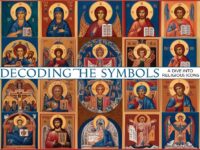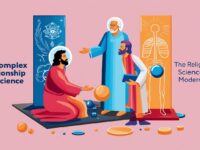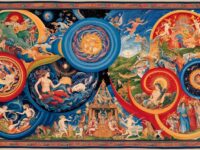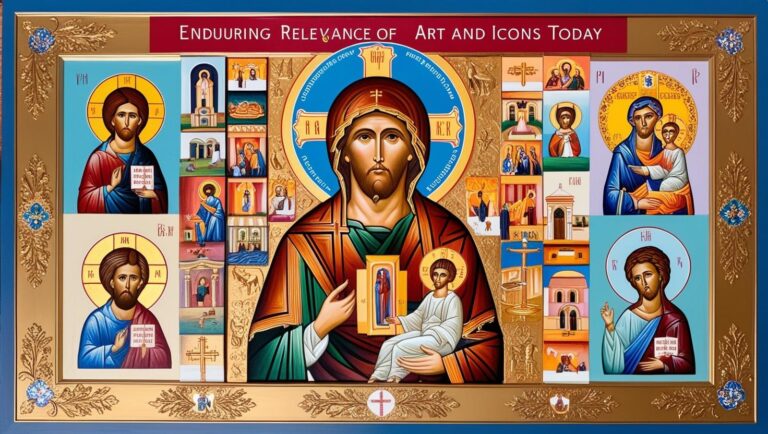In a world increasingly defined by technology and modernity, the ancient traditions of religious art and icons may seem like relics from a bygone era. However, these timeless masterpieces hold enduring significance and continue to resonate with people from all walks of life. Whether found in grand cathedrals or tucked away in intimate chapels, religious art and icons serve as bridges to the past, illuminating spiritual truths and offering comfort in today’s fast-paced society.
Unveiling the Timeless Relevance of Religious Art
Religious art, with its rich history and profound symbolism, continues to hold a special place in the human experience. These works of art, from intricate frescoes to awe-inspiring sculptures, are more than just decorative pieces; they convey deep theological truths and universal themes of hope, redemption, and divine love. By connecting viewers to narratives that transcend time and space, religious art helps individuals explore their spirituality and find meaning in the complexities of life. It invites contemplation, providing a visual language through which people can engage with the divine.
Moreover, the aesthetic beauty of religious art enriches our cultural heritage. Museums and galleries worldwide treasure these pieces not only for their religious significance but also for their artistic mastery. The skills and creativity of artists like Michelangelo, Leonardo da Vinci, and others continue to captivate audiences, inspiring new generations of artists and art lovers. These works have influenced various art movements and have left an indelible mark on culture, proving that their relevance extends beyond religious institutions and into the broader fabric of society.
As societal values shift and evolve, religious art remains a steady and enduring anchor. In today’s fragmented world, where people often feel disconnected from each other and from their own histories, these art forms offer a sense of continuity and shared humanity. They remind us of our common roots and the enduring quest for understanding the mysteries of existence. Religious art presents an opportunity to reflect, connect, and find solace amidst the chaos of modern life.
How Icons Shape Cultural and Personal Identity
Icons, in particular, hold a potent place in shaping both cultural and personal identity. These sacred images serve as windows into the spiritual realm, offering a tangible connection to the divine. For many communities, icons are not just objects of reverence but are integral to their cultural and religious identity. They embody the traditions, values, and beliefs passed down through generations, acting as a touchstone for communal heritage and continuity. Icons foster a sense of belonging and identity, playing a crucial role in preserving cultural narratives.
On a personal level, icons can be an intimate part of an individual’s spiritual journey. For believers, these images represent more than just artistic expressions; they are conduits of divine presence and grace. The act of gazing upon an icon or participating in veneration can be a deeply transformative experience, fostering introspection and spiritual growth. Icons can offer strength in times of hardship, guiding individuals through life’s challenges with a sense of hope and divine companionship.
In contemporary times, icons also resonate with people outside of traditional religious contexts. Their universal themes of faith, love, and sacrifice appeal to the human spirit, offering insights and inspiration that transcend specific religious doctrines. Many people find solace in the quiet power of icons, drawing upon their symbolic language to navigate personal and existential questions. As symbols that bridge the earthly and the divine, icons continue to connect with individuals seeking meaning and purpose in a rapidly changing world.
Religious art and icons, far from being obsolete, remain vital to both individual lives and the collective human experience. They invite us to explore the depths of our beliefs, connect with our cultural heritage, and find solace in the sacred. As we engage with these timeless works, we not only honor the past but also enrich our present and future, ensuring that the spiritual and artistic legacies they embody continue to inspire and uplift generations to come. Whether through the splendor of a cathedral or the quiet presence of an icon, these sacred art forms remind us of the enduring power of faith and the human spirit.

















